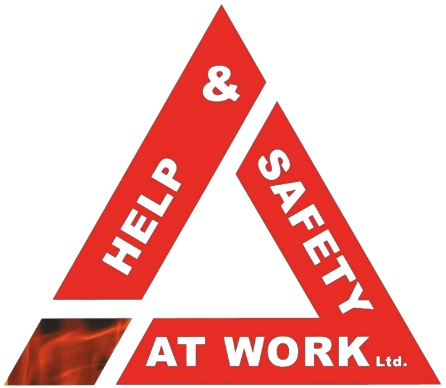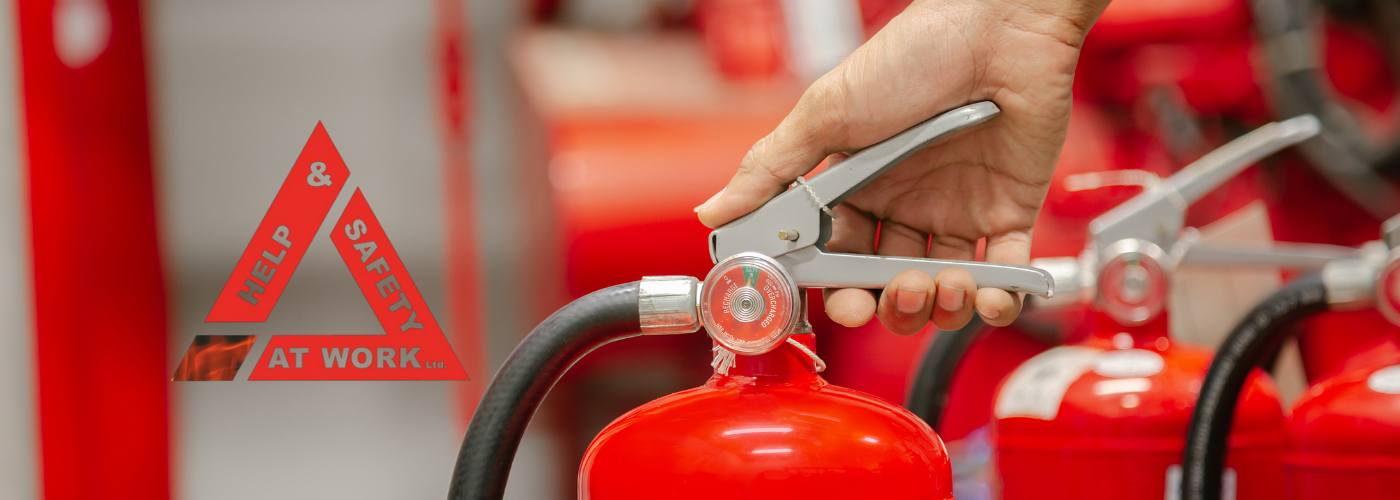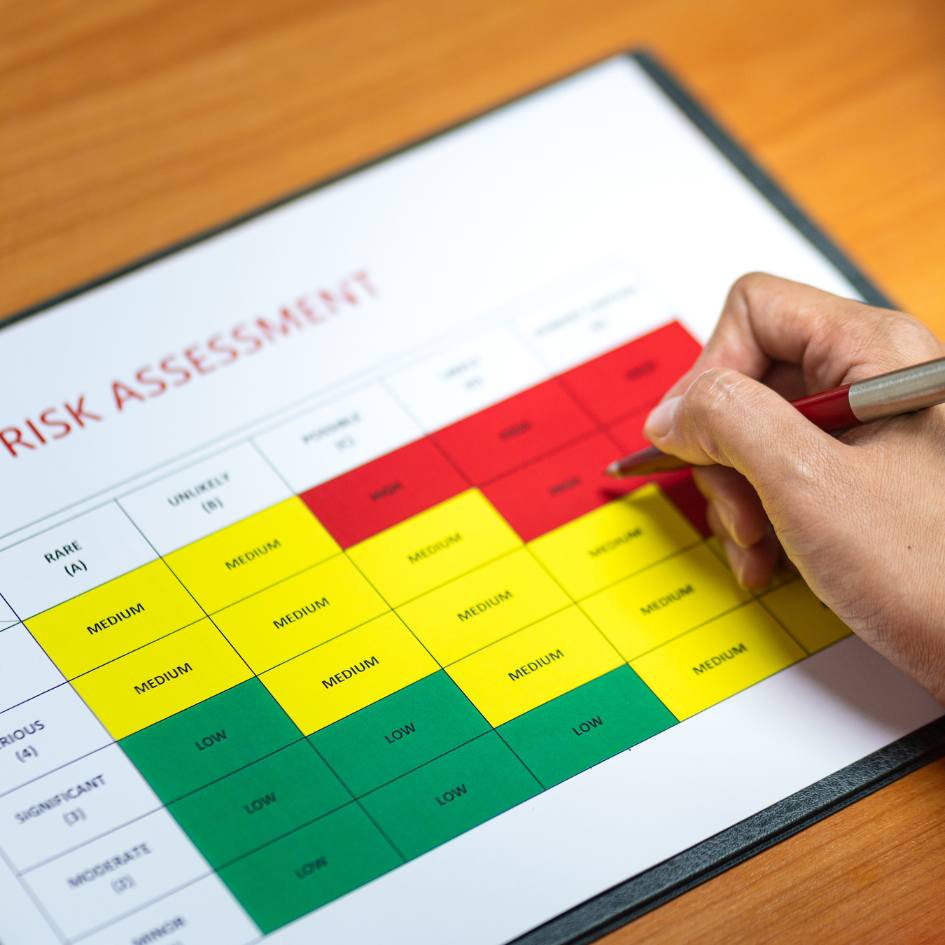

How Fire Safety for Residential Properties can protect your tenants.
Property managers shoulder the responsibility of ensuring the safety of tenants and safeguarding residential properties from the devastating impact of fires. This blog aims to equip property managers with comprehensive strategies and practical advice for effectively managing fire safety in residential properties.
1. Fire Risk Assessments
Regular Fire Risk Assessments are fundamental to identifying potential hazards and implementing appropriate fire safety measures.
Conduct these Fire Risk Assessments at least annually, and more frequently if there are significant changes to the property or its occupancy. Consider acquiring qualified fire safety professionals to conduct thorough assessments and provide expert recommendations.
2. Fire Safety Equipment
Fire Alarms
Ensure that smoke alarms are installed on every level of the property and relevant locations the Fire Risk Assessment recommends. Test these alarms weekly and replace the batteries annually.
Fire Extinguishers
Provide appropriate fire extinguishers in accessible locations throughout the property such as, on the escape route and near potential fire hazards.
Fire Blankets
Consider installing fire blankets in kitchens, providing another means of suppression
3. Evacuation Plans
Work with tenants to develop clear and concise evacuation plans, including primary and secondary escape routes. Ensure that all tenants are familiar with these plans and conduct regular drills.
Take into account the needs of all tenants, including those with mobility issues or disabilities, when developing evacuation plans. Provide alternative escape routes and assistance where necessary.
4. Compliance peace of mind
Familiarise yourself with local fire safety regulations and ensure that your property complies with all relevant legislation, including building codes and fire safety standards.
Maintain accurate records of fire safety inspections, documents and maintenance records. Ensure you have a fire log book.
5. Maintenance and Upkeep
Conduct regular inspections of the property to identify and address potential fire hazards, such as faulty wiring, overloaded electrical outlets, or blocked escape routes.
Ensure that the property’s structural elements, including fire doors, windows and stairwells, are well-maintained and meet fire safety standards.
By implementing these essential fire safety measures and fostering fire protection and safety amongst tenants, property managers can significantly reduce the risk of fires in residential properties under their management, protecting both occupants and landlords.
Having proper processes and procedures in place to ensure your protection from fire safety will guarantee the safety of both you and your tenants. For further information on how we can help you, give us a call on 01832 735874 or contact us through our contact page.




